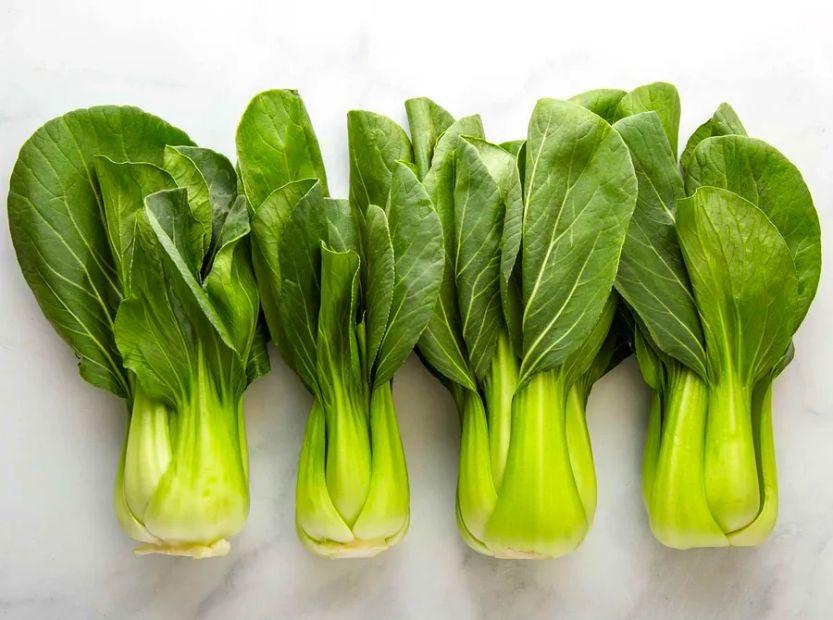What Is Bok Choy — and How Do You Use It?

Although bok choy only recently made its way to North America, it has been an integral part of Chinese cuisine for thousands of years. Here's why this leafy green is so unique:
What Is Bok Choy?
Bok choy, also known as pak choi or pok choi, is a variety of Chinese cabbage and belongs to the cruciferous vegetable family, alongside turnips, cabbage, kale, and broccoli.
Bok choy has been a key ingredient in Asian cooking for centuries. In fact, 6,000-year-old seeds of Chinese cabbage were discovered in China's Yellow River Valley. Since its introduction to North America in the 19th century, its popularity has steadily increased in the U.S.
Bok Choy vs. Napa Cabbage
The term "Chinese cabbage" refers to two popular leafy greens in Chinese cooking: the Pekinensis Group (napa cabbage) and the Chinensis Group (bok choy).
Both of these vegetables are cultivars of the turnip and have been used for both culinary and medicinal purposes for thousands of years.
Napa cabbage is the more commonly used of the two. It resembles the Western cabbage, though slightly oblong, with tightly packed green leaves and white stalks (petioles).
In contrast, bok choy does not form a tight head. Flavor-wise, Napa cabbage is generally milder compared to bok choy.
What Does It Taste Like?
Bok choy has a flavor reminiscent of cabbage—mild, fresh, and slightly grassy, with a hint of peppery spice. Its stalks offer a crunchy, celery-like texture, while the leaves are tender yet crisp.
Bok Choy Nutrition
Bok choy has been valued in traditional medicine for centuries, and it's easy to see why—it’s packed with nutrients and offers a wealth of health benefits.
Here are a few key nutritional benefits of bok choy:
- Bok choy is rich in vitamins A (supports eye health), C (boosts immune function), and K (promotes bone and heart health).
- It's also a good source of potassium, which can lower your blood pressure and risk of stroke, and calcium, which is essential to build and maintain strong bones.
- Though it's packed with vitamins and nutrients, bok choy is extremely low in calories (about 9 calories per cup).
How to Prepare Bok Choy

View the recipe: Bok Choy Ramen Salad
How to Select the Best Bok Choy
Choose bok choy with bright, fresh colors and minimal browning. Avoid any with wilted leaves. It’s easy to overbuy, but here’s some good news: Unlike spinach, bok choy doesn’t shrink much when cooked, so what you see is what you get.
How to Clean
To clean bok choy, start by trimming the tips of the stems. Then, rinse the vegetable under cold water, using a vegetable brush to scrub off any dirt near the base of the stems.
How to Cut
Both the stems and leaves are edible, but they should be separated for cooking. The leaves cook faster than the stems, so add them later. The leaves can stay whole, but the stalks are best sliced into ½-inch pieces.
How to Cook
A quick and popular way to cook bok choy is by stir-frying, making it an easy and speedy dish. Our favorite bok choy stir-fry recipe is as simple as it is tasty: Just grab a wok or frying pan, a few basic ingredients, and you’ll be ready to cook in about 10 minutes.
Pro tip from the test kitchen: Be sure to dry the bok choy thoroughly before cooking to avoid ending up with a watery sauce.

1

2

3

4

5
Evaluation :
5/5